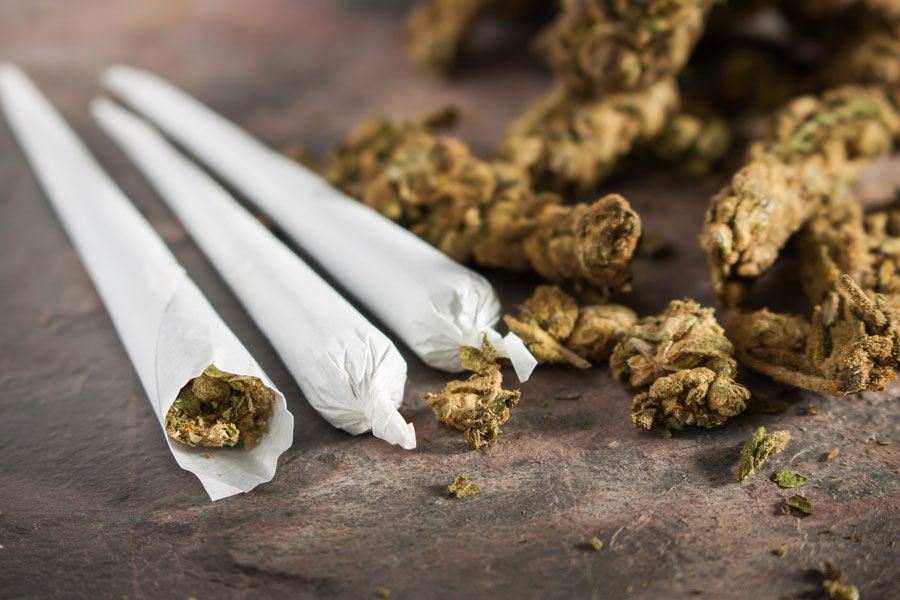
PORTSMOUTH, OH – Heading into the 2022 midterm elections, some voters will see legalization measures for marijuana on the ballot. Maryland, Missouri, North and South Dakota need to vote NO.
Over the past decade, 19 U.S. states, Washington, D.C., and Guam have legalized the recreational use of marijuana. Moreover, 37 states allow some form of medical cannabis, and only three states have no cannabis access laws on the books.
Advocates for legalization of both medical and recreational marijuana will be shouting until the cows comes home. Their cannabis-fried brains deny the dangers.
In the past, I worked as a Licensed Independent Chemical Dependency Counselor (LICDC) in Ohio – and I knew this was bound to happen. I penned several newspaper commentaries prior to the passing of medical marijuana legislation and recreational cannabis legislation. Marijuana psychosis is real.
The following pothead statements were made by my former clients with a cannabis diagnosis:
- “No way is weed addictive.”
- “It’s natural grass so it’s okay.”
- “It helps my anxiety.”
- “I have to have it to chill.”
- “It’s better than doing crack or meth.”
- “I’d rather be high than drunk.”
- “If alcohol is legal then weed should be legal.”
- “Everybody smokes weed.”
According to the U.S Drug Enforcement Administration, marijuana is a mind-altering psychoactive drug.
A recent article in The New York Post tells the story of marijuana psychosis. “Laura Stack’s son Johnny was driven into acute psychosis after years of high-concentrate THC usage. Believing his dorm room was bugged and that he was being followed, he jumped to his death at 19.”
The article continues, “We’re now counting 37 cannabis-related diagnoses a day,” Dr. Roneet Lev, an addiction medicine doctor at Scripps Mercy Hospital in San Diego, said about her emergency department. “It’s been steadily increasing over the years. When I started in the 1990s, there was no such thing. Now I see 1 to 2 cases per shift. The most common symptom is psychosis.”
THC (Tetrahydrocannabinol) is the psychoactive chemical, or cannabinoid, that causes both the euphoria and the paranoia that tends to accompany marijuana highs.
“Typically, products with a higher percentage of THC are going to produce a stronger, more potent effect. Cannabis flower usually contains about 15-25% THC. The biological limit for THC percentage is 35%, so it is possible to find flower above 25% THC, although uncommon. Anything above 25% can be expected to be extremely potent,” notes the Oasis Cannabis Dispensary website.
“Marijuana (cannabis) can be problematic for some users. Despite relatively widespread perceptions that would suggest otherwise, frequent marijuana use is associated with the development of physiological dependence, a distinct withdrawal syndrome, and addiction.”
Furthermore, the risks of marijuana have been tossed aside for decades. According to a
Rasmussen Reports poll, 57 percent of Americans do not believe that marijuana is dangerous.
A recent poll from Gallup on the subject found that 68 percent of U.S. adults think marijuana should be legal.
Why is cannabis touted as safe? Follow the pothead trail. Follow the clueless trail. Follow the marijuana money trail.
“The whole world is telling them it’s safe,” said Dr. Lev of cannabis users. “People are in unbelievable denial.”



Comments are closed.